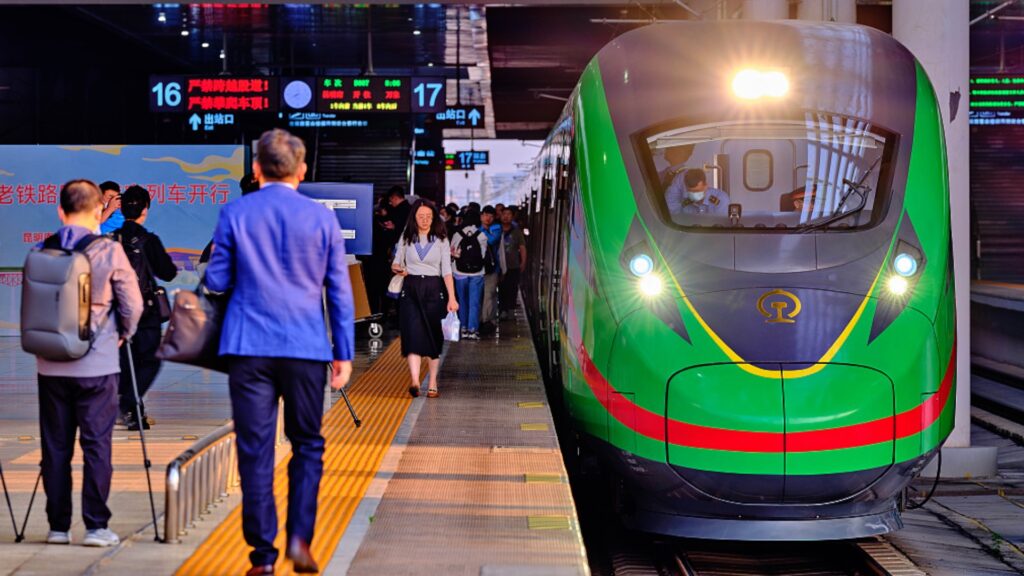Following the introduction of cross-border passenger services on the Laos-China high-speed railway just in time for Songkran, Nong Khai and neighboring northeastern provinces stand to gain.

On April 13, the first day of Songkran, passengers boarded the first train from Kunming, China, in the Yunnan region, to Vientiane, Laos, which is just across the border from Nong Khai.
Nong Khai and the other provinces should expect a surge in tourism and investment as a result of the new gateway between China and Thailand.
According to Jiranan Sakuntangkoon, a consultant for the Nong Khai Tourism Association, many visitors prefer to spend the night in Nong Khai before continuing their journey to Vientiane, which is 20 kilometers distant.
The head of the Nong Khai Chamber of Commerce, Monnipa Kowitthasiri-kul, expects that Chinese visitors to Laos may extend their journey to Nong Khai and other northeastern Thai provinces.
The Laos-China railway freight services have already benefited the private sector in Nong Khai by increasing employment and opening up new business options.
The increase in tourists is anticipated to bring even more investment to Nong Khai and persuade the Thai government to improve the area’s infrastructure in order to help the local economic recovery.
The 1,000 km train route was finished in December 2021, but until last month, only freight movement was available because to China’s rigorous zero-COvid regulations.
The high-speed railway has made it possible to travel from Thailand to the sizable Chinese mainland market via a new route. Due to deteriorating road conditions, shipping goods between China, Laos, and Thailand used to take a long time. The Laos-China railway, on the other hand, has reduced journey time to 10 hours, which is advantageous for the delivery of perishable items like fruit and other foods.
The railway acts as a bridge to strengthen ties and collaboration between Thailand, Laos, and China, according to the Nong Khai tourist consultant. On the new line, there will be two daily services: one between Vientiane and Kunming. For the entire 10-and-a-half-hour journey, first-class tickets cost 760 yuan ($110 or 3,780 baht), while second-class seats cost 470 yuan ($68).
As part of Beijing’s Belt and Road initiative to connect China with the rest of Southeast Asia, the Laos-China high-speed train will eventually be extended through Thailand to Singapore.




